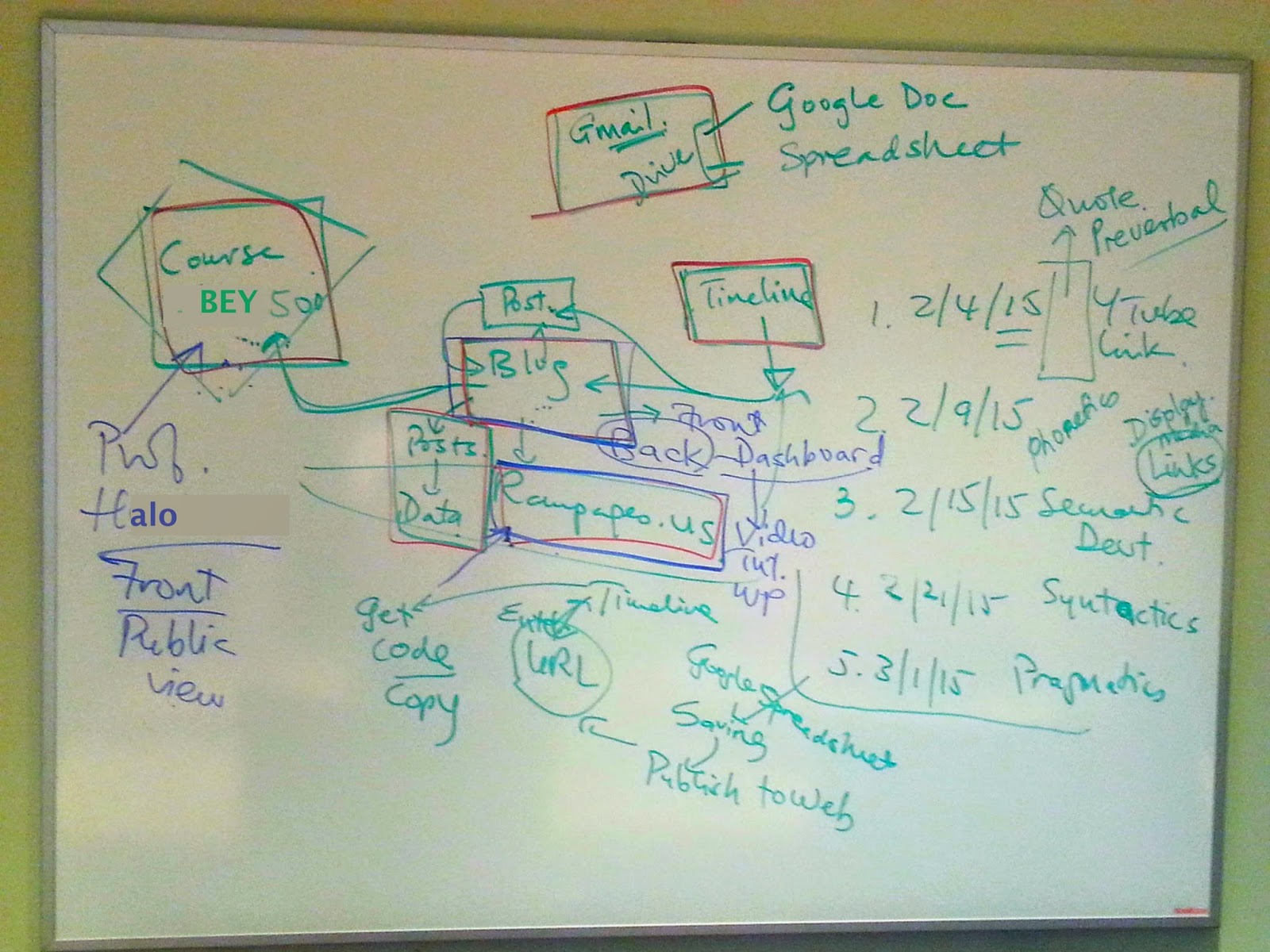How I Manage Multiple ID Work Projects
Today, I’ll answer a question I’m often asked as an instructional design (ID) professional:
“How do you manage multiple course projects under your charge?”
If you are looking for a panacea, there is none. I believe everyone figures out a way that works best for him/her. When I have limited time, I simply tell the person asking that I have to be very organized. With a bit more time, I’ll elaborate on my response to this question.
Here’s what I do to become very organized in order to juggle multiple projects of high complexity (MOOCs and degree programs).
#1. Embrace project management (PM) technology
I use ASANA to help me keep track of several course development projects with their high level of details: tasks/subtasks, deadlines and multiple stakeholders. I report to leaders, administrators, instructors and teaching assistants on project progress, and assign work to teams of digital media specialists and student course assistants, all via ASANA. Of course, the software alone does not hem in all the intricacies of my work; but the app allows me to document major tasks and make parts of my work visible (visible thinking, of which I’m a fan). It captures parts of my ID/PM thinking and provides information for reflection (again, a big fan of being a reflective practitioner). Note that the software is just a means to an end. I am managing resources (including people) not the PM software.
#2. Scribble on a notebook (non-electronic)
There is no time for me sometimes to enter information in ASANA right away. Or, it may not be a detail that could be documented in the ASANA structure. In these situations, I jot down ideas in my Steno Notebook. They are tasks, for instance, like sending weekly update for ACCY 505; email Sam; correct typo, etc.
#3. Attention management (aka shut out distractions)
I have a stretch of time in a day when I block out distractions/notifications to focus purely on course design and development. This prevents me from behaving like a Pavlovian dog that responds to every software stimulus from Outlook mail, Slack, Twitter, phone or Whatsapp. Best of all, this practice allows me to do deep work. Focused work matters because research shows that our brain is not wired for constant switching between tasks. Full engagement helps us become more efficient and to do high-quality work, from design to management.
#4. Put first things first
Professionally, putting first things first means I’m not afraid to admit to my colleagues and supervisor that I can’t do them all, and that some projects are more important and urgent than others (Stephen Covey’s First Things First Quadrants). I can only be productive with doing a certain number of projects at a given period of time. Brene Brown, author of Daring Greatly and The Gifts of Imperfection, reminds us that we need to distinguish between perfectionism and striving to do our best. It’s alright to want to keep improving ourselves, but not healthy to obsess over what other people will think if we can’t do them all. Whatever is not urgent and not important or urgent but not important are time-wasters. We need to rid ourselves of these.
#5. Communicate effectively
Many problems in life are caused by poor communication or a lack of it. ASANA, Slack, Box (file-sharing), Frame, Outlook emails/appointment, Google Docs and in-person talking help me to convey my intent and goals to my team clearly. A lot of instructions and information have to be passed on to my team to get things made and delivered in a timely fashion. To be successful in managing projects, I need to communicate clearly, accurately and punctually. Delays in communicating project details/expectations lead to project creep.
#6. Don’t micromanage
I don’t need to know every detail of what and how my team member completes the task. I assign the task to an assistant and teach him/her how to do it if she has not done it before. I set a deadline and convey my expectations. Things get done or not; they may also be done but not created to the standard I expect. When we take the risk to delegate work, we can expect to have to deal with unexpected outcomes. These “surprises” may lead to more work on our part as PMs. Regardless, we can’t hold on to all the work and all the control. Expect growth and teach your team members to develop professionally. Always have in mind the goal of improvement and doing better the next time.
#7. Make critical decisions to maintain project quality
I write this last because I believe this is a result of an interplay of education, training and experience in instructional systems design. At this stage of my professional life, I will say I am not afraid to make important decisions to ensure the making of a great product. For instance, if a lecture video is too long, I will request that the video be chopped up into 3 parts based on research on use of videos in learning. More often than not, this may also mean I have to be flexible, roll up my sleeves and do tasks beyond my role and project plan (what they call “role creep”).
In order to manage your ID project successfully, understand your project well. Then, study, read and learn continuously. Be part of a learning community of IDs and ID-scholars. Go online and tap into the LinkedIn and Twitter ID/eLearning network.
These are the main principles about PM I value and act on to become an effective instructional design project manager. If you have more tips, please feel free to comment below this post.




